From Whistles to Wearables: The Evolution of Emergency Response Devices for Home Health Workers
By KATANA Safety
Lone workers in the home health industry—nurses, aides, and caregivers—have long been unsung heroes, entering unfamiliar environments every day to provide critical care. But working alone comes with serious safety risks: threats of violence, medical emergencies, and accidents with no immediate help nearby.
Over the decades, protecting these essential workers has evolved from basic precautionary measures to sophisticated, technology-driven solutions. Here’s a look at how remote emergency response tools have transformed over time—and where they're headed next.
-
Before modern communication systems, lone workers often relied on basic check-in procedures, paper logs, and even personal alarms like whistles. There were no real-time monitoring capabilities, and help could take hours to arrive in an emergency.
-
The introduction of pagers and early two-way radios allowed home health workers to maintain limited communication with supervisors. While it was a step forward, these devices required manual operation and only worked in areas with strong signals.
-
Cell phones became widely available, and basic GPS technology began to help track worker locations. However, these phones were not purpose-built for emergencies and often failed in rural or low-signal areas—common for home visits.
-
This decade saw the rise of dedicated lone worker safety devices. These included wearable panic buttons, Bluetooth-connected alerts, and automated check-in systems. GPS accuracy improved, and cloud-connected systems allowed supervisors to monitor worker safety in real time.
-
Modern solutions like KATANA Safety’s smart personal safety devices integrate panic buttons, GPS, and direct connection to emergency services—all in one wearable system. These tools offer both active and passive safety mechanisms, giving peace of mind to workers and employers alike.
Regulations and Worker Rights Are Catching Up
While technology raced ahead, worker protections took time to evolve. In recent years:
OSHA and state agencies have started issuing guidance specific to lone workers.
Union advocacy and worker-led campaigns are pushing for mandatory protections and funding for safety tech.
States like California and Washington have introduced laws requiring employers to provide emergency response options for lone workers in healthcare.
So What’s Next For Lone Worker Safety?
Looking ahead, the future of lone worker protection in home health will be shaped by:
AI-powered threat detection: Analyzing behavior patterns to predict danger before it occurs.
Wearables that integrate with EHRs: Enabling real-time medical alerts tied to a worker’s task.
State and federal mandates: Requiring smart safety devices for all field-based healthcare workers.
Greater accountability: As public awareness grows, agencies and employers will face pressure to adopt the best available technologies.
At KATANA Safety, we're committed to staying at the forefront—creating smarter, faster, and more effective tools to protect the people who care for others.
Lone home health workers are indispensable—and they deserve every ounce of protection we can provide. From early alert systems to today’s smart wearables, the progress is undeniable. But at KATANA Safety, we know the work isn’t done until every lone worker returns home safely.
If your organization is looking to modernize its safety protocols, we’re here to help.
